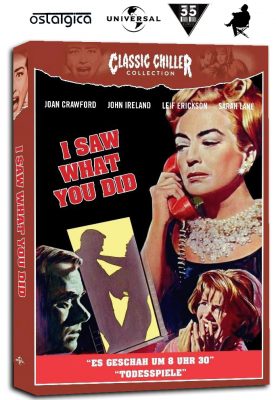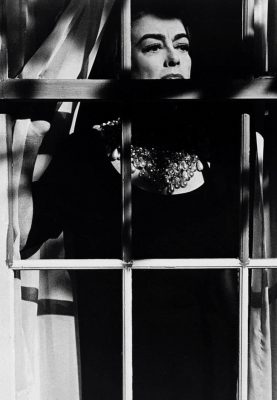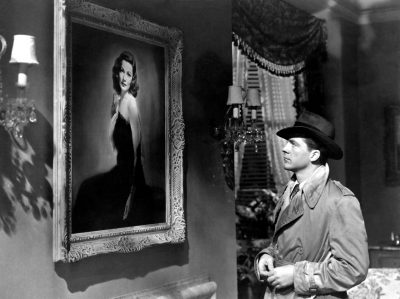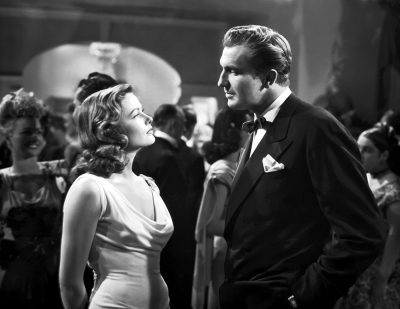Werkausgabe Band 1 erschienen: ROGER CORMAN – DIE REBELLION DES UNMITTELBAREN

Robert Zion
ROGER CORMAN: DIE REBELLION DES UNMITTELBAREN
Werkausgabe Band 1
320 Seiten | Paperback
143 Abbildungen | 10 Farbtafeln
31. Mai 2023
ISBN-10: 3746044316
ISBN-13: 978-3746044316
€ [D] 19,90
Inhaltsverzeichnis (PDF-Download)
Direkt beim Verlag bestellen | Bei Thalia bestellen | Bei Amazon bestellen
Stimmen zum Buch:
“ROGER CORMAN – DIE REBELLION DES UNMITTELBAREN erinnert mich an das Goldene Zeitalter der Filmbücher in Deutschland. In den 1970ern und 80ern erschienen Bücher, die den Spagat zwischen Filmwissenschaft und filminteressiertem Publikum mühelos bewältigten. Beispiele sind VAMPIR FILMKULT von David Pirie und KLASSIKER DES HORRORFILMS von William K. Everson. (…) Robert Zion besitzt eine Gabe, die man normalerweise nur bei anglo-amerikanischen Sachbuchautoren findet. In seinem Buch gehen wissenschaftlich korrekte Argumentationsführung mit Verständlichkeit der Sprache und einer sich auf den Leser übertragenden Begeisterung für das Sujet eine perfekte Symbiose ein. Zions Corman-Monographie wird schon bald als erstes filmwissenschaftliches Standardwerk in deutscher Sprache seit Georg Seeßlens GRUNDLAGEN DES POPULÄREN FILMS (1980) gelten” – 35 Millimeter – Das Retro-Filmmagazin, Dez. 2018. [Rezension als PDF] [Editorial 35MM als PDF]
“Bisher gab es keine deutsch-sprachige Publikation über Roger Corman. Aber das Warten hat sich gelohnt. Robert Zions Monografie mit dem Untertitel ‘Die Rebellion des Unmittelbaren’ ist exzellent. (…) Natürlich kennt Zion die amerikanische Literatur über Corman inklusive dessen Autobiographie (…), aus der er gelegentlich zitiert, aber es sind vor allem seine eigenen Beobachtungen, die die Lektüre spannend machen. Inhalt und Form der Filme werden so präzise beschrieben, wie man es selten liest. (…) Die Qualität der rund 140 Abbildungen und zehn Farbtafeln ist hervorragend. Ich bin beeindruckt!” – Hans Helmut Prinzler war Vorstand der Stiftung Deutsche Kinemathek, Direktor des Filmmuseums Berlin und Mitglied der Akademie der Künste, 21. Febr. 2019. [Rezension als PDF]
“Eine Roger-Corman-Monografie, liebevoll und angemessen” – epd-Film, 02/2020. [Rezension als PDF]
“Ein anschaulich bebildertes und angenehm zu lesendes Standardwerk” – Frame, Magazin der Neuen Zürcher Zeitung (NZZ) am Sonntag, #21, 17. Febr. 2019. [Rezension als PDF]
“Mitunter morpht ‘Die Rebellion des Unmittelbaren’ auf diese Weise zu einem erstaunlich spannenden Roman, der Autor vom Wissenschaftler zum New Hollywoodschen Geschichtenerzähler – eine Rolle, die ihm gar nicht schlecht steht und allein der Wirkmacht des Betrachteten geschuldet sein kann. Die beste Illustration fürwahr des rasch übergreifenden Impetus, der Cormans Bewegungen aus den grob zwei Dekaden als Regisseur mit bemerkenswertem Verständnis aufsaugenden und rasender Verarbeitung, Übersetzung ins Filmische nahezu umgehend wieder ausspeihenden Arbeit innewohnt, die man sich wünschen kann. Gebannt klebt man im Stuhle fest, wenn sich parallelmontiert zu den entbehrungsreichen Zeiten wirtschaftlicher Schwäche die merkantile Beschlagenheit des jungen Corman wechselweise entwickeln darf. Als politischer Auteur hat man Corman, speziell im englischsprachigen Raum, schon des Öfteren und völlig zurecht gelesen – gekonnt verschmolzen mit einem Zeitenbildnis gibt es nun endlich auch für des Englischen nicht mächtige Leser eine feine Alternative” – Eskalierende Träume, 24. Juni 2019. [Link zur Rezension]
“Mit ROGER CORMAN – DIE REBELLION DES UNMITTELBAREN liegt nun die erste deutschsprachige Monografie über den einflussreichen Filmemacher vor, dessen Schule bekanntlich zahlreiche mit und nach ihm prägte. Corman war als erfolgreicher Geschäftsmann, das zeigt Zion hier nachhaltig auf, in seiner Hochphase der 1950er bis frühen 1970er stets am Nabel der Zeit, ein scharfsinniger Beobachter der us-amerikanischen Gesellschaft. Seine Filme waren häufig geschickte Investitionsmodelle und zugleich soziopolitische Kommentare. Für Corman-Fans ist dieses Buch zu empfehlen, sofern der Überhang von filmhistorischer Reflexion mit Fokus auf Produktionshintergründen Spannung beim Lesen garantiert. Das große Plus dieses Buches ist neben der hervorragenden haptischen Qualität – Hardcover, Fotobrillantdruck auf 200-g-Papier, Fadenbindung, 143 Abbildungen, zehn Farbtafeln – das enorm fundierte Wissen, das sich der Autor über die Titelperson angeeignet hat (Bibliografie im Anhang!) und das er auch durchweg zitiert. (…) Zion ist auch nicht Filmwissenschaftler, sondern Philosoph mit gesellschaftspolitischer Prägung. Zu Corman passt das wiederum sehr gut, denn er selbst war wahrlich ein ‘Rebell des Unmittelbaren, ein Seismograf der Erschütterungen seiner Zeit’” – deadline – das Filmmagazin, #74, März/April 2019. [Rezension als PDF]
“Anschaulich, gut lesbar und gut bebildert stellt Zion diese Entwicklung und das Werk Cormans dar und hat so zweifelsohne ein Basiswerk zu diesem bedeutenden amerikanischen Regisseur und Produzenten, der 2013 mit einem Oscar für sein Lebenswerk ausgezeichnet wurde, vorgelegt” – film-netz.com. Eine gekürzte Fassung dieser Rezension erschien im Österreichischen Filmmagazin RAY, Ausgabe 11/2019. [Link zur Rezension]
Hits: 587











